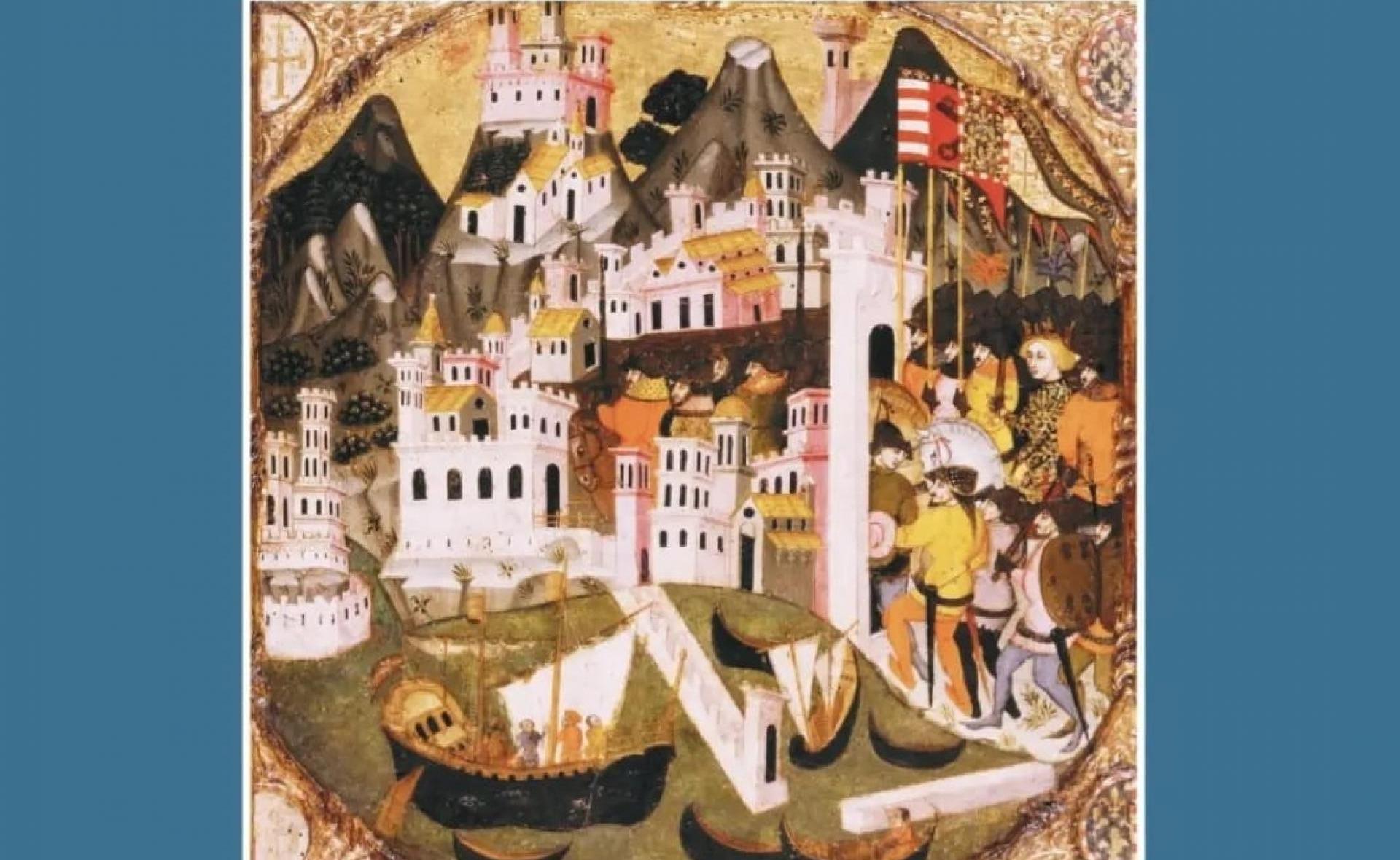Roma, Palazzo Falconieri - Via Giulia, 1

Giovedì 18 gennaio, alle ore 18.00 presso l'Accademia d'Ungheria in Roma si terrà la presentazione della seconda monografia di Katalin Prajda, intitolata "Italy and Hungary in the Early Renaissance" (Viella, 2023), cui seguirà una lezione di divulgazione storica dal titolo "Noi ungheresi e voialtri italiani- Identità e convivenza nell'Italia del primo Rinascimento".
Interverranno in presenza dell'autrice:
- Tommaso di Carpegna Falconieri (Università degli Studi di Urbino Carlo Bo)
- Andrea Fara (Università degli Studi di Roma “La Sapienza”)
Katalin Prajda lavora come ricercatrice di Storia medievale presso l’Istituto di Storia dell’Università di Vienna. I suoi studi sono rivolti alla storia economica e sociale, scambi culturali e migrazioni dei secoli XI-XV. Tra le sue pubblicazioni più significative si segnalano Network and Migration in Early Renaissance Florence, 1378-1433: Friends of Friends in the Kingdom of Hungary (Amsterdam, 2018).
At the time of its foundation, the Kingdom of Hungary was linked to the Italian Peninsula by means of diplomacy. These connections intensified during the early Renaissance, which spans the period between the beginning of Louis I of Anjou’s reign (1342) and the Ottoman occupation (1526). Social networks established between the two territories can be divided into four categories: diplomatic networks; merchant networks; migration networks; and artistic networks or cultural exchanges. These networks were dependent on one another and influenced to a great extent the spread of early Renaissance Italian culture. Amicable diplomatic relations represented a key element in the operation of Italian merchant networks in Hungary. Similarly, inward and outward migration patterns were conditioned by the latter two networks. Consequently, the cooperation of networks of diplomacy, commerce, and migration resulted in the circulation of artists and learned men between the two territories. These two groups included the humanists Pier Paolo Vergerio, Galeotto Marzio, and the painter Masolino. Thanks to their mediation, the Kingdom of Hungary gradually embraced several innovations of the Renaissance Italian culture.
